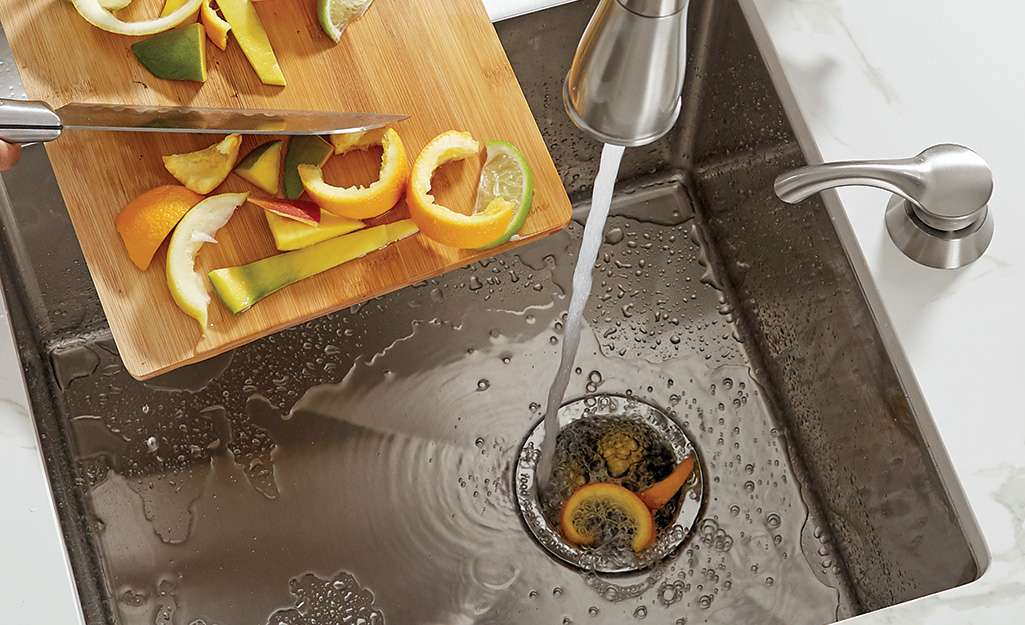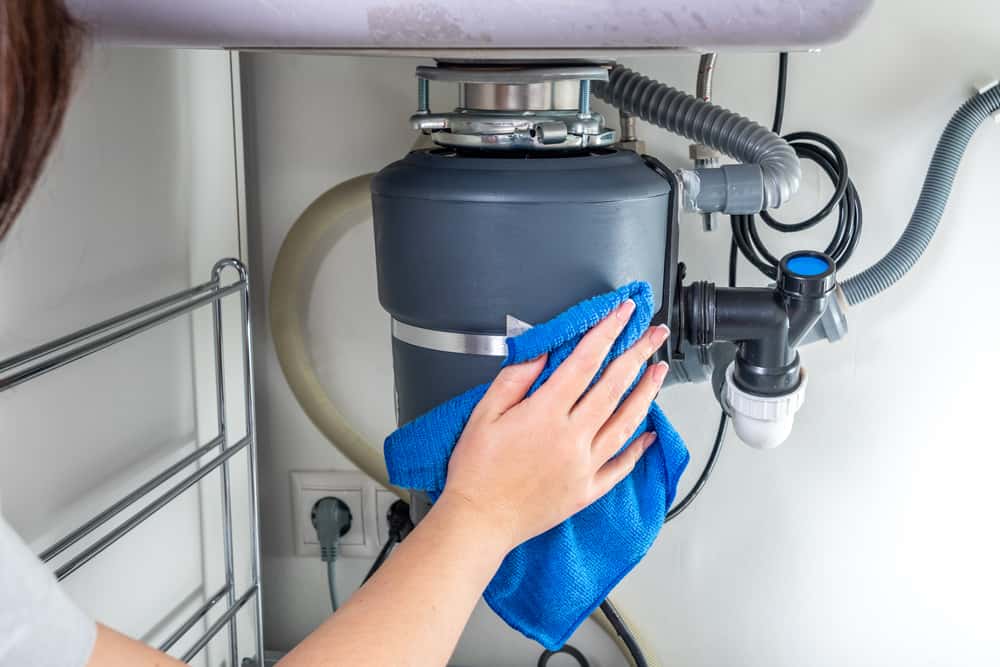Useful Techniques for Repairing a Dripping Garbage Disposal
Useful Techniques for Repairing a Dripping Garbage Disposal
Blog Article
Everybody is bound to have their personal notions when it comes to Why Is .

Waste disposal unit are crucial cooking area devices that help in getting rid of food waste efficiently. Nonetheless, a leaking garbage disposal can be an irritating and untidy problem to take care of. Luckily, lots of leakages can be repaired conveniently with a couple of straightforward steps. In this article, we will certainly talk about exactly how to take care of a leaking garbage disposal effectively.
Intro
Garbage disposals are set up under kitchen sinks and are developed to shred food waste right into smaller items, enabling it to travel through the pipes system conveniently. While these devices are typically dependable, leakages can take place over time because of wear and tear, loose links, or damage to the device.
Usual Sources Of Leaks in Waste Disposals
Worn Seals and Gaskets
Seals and gaskets play an important duty in protecting against water from dripping out of the garbage disposal. With time, these parts can wear away, causing leaks around the disposal device.
Loose Links
The links in between the garbage disposal and the pipes system can become loosened in time, causing water to leak out throughout operation.
Fractures or Holes in the Disposal Device
Physical damage to the waste disposal unit, such as splits or holes in the real estate, can also result in leakages.
Determining the Resource of the Leakage
Prior to attempting to take care of a leaking garbage disposal, it is necessary to determine the source of the leak. This can normally be done through aesthetic examination or by performing straightforward examinations.
Visual Examination
Evaluate the waste disposal unit unit thoroughly for any kind of indicators of water leak. Pay very close attention to areas around seals, gaskets, and link factors.
Testing for Leaks
One method to evaluate for leaks is by running water through the disposal system and checking for any type of noticeable indicators of leakage.
Devices and Materials Needed for Taking Care Of a Leaking Waste Disposal Unit
Before beginning the repair procedure, collect the essential devices and materials, consisting of a screwdriver, adjustable wrench, plumbing's putty, substitute seals or gaskets, and epoxy or patching material for repairing fractures or openings.
Step-by-Step Guide to Fixing a Leaking Garbage Disposal
Turn Off the Power
Prior to trying any type of repairs, ensure that the power to the garbage disposal unit is switched off to prevent the risk of electric shock.
Locate the Leakage
Identify the specific place of the leak and identify the cause.
Tighten up Links
Utilize a wrench to tighten any type of loosened connections in between the disposal device and the pipes system.
Replace Seals or Gaskets
If the leak is due to worn seals or gaskets, get rid of the old parts and replace them with brand-new ones.
Patching Fractures or Holes
For cracks or holes in the disposal unit, usage epoxy or an appropriate patching product to secure the broken location.
Evaluating the Garbage Disposal After Fixing
When the repair service is complete, evaluate the garbage disposal by running water through it to guarantee that the leak has actually been dealt with.
Preventive Upkeep Tips to Stay Clear Of Future Leaks
To stop future leaks, it is essential to perform routine maintenance on your waste disposal unit. This consists of keeping it clean, preventing putting non-food things or difficult things down the disposal, and periodically looking for leaks or other problems.
Verdict
In conclusion, repairing a leaking garbage disposal is a reasonably uncomplicated procedure that can be finished with standard tools and products. By adhering to the actions described in this post and practicing preventive upkeep, you can keep your waste disposal unit in good working problem and stay clear of expensive repairs in the future.
What to Do About a Leaking Garbage Disposal
A leaking garbage disposal often goes unnoticed until you confront a sopping cabinet, a foul-smelling puddle, or an audible drip-drip-drip from the unit. The fix can be frustrating, too, because the leak can stem from a number of components in the system. Fortunately, with a little sleuthing, you can zero in on the leak and—depending on the exact location—stop the icky oozing and repair the component that caused it. Worst case scenario, if it turns out that the garbage disposal must be replaced, installing a new one is a reasonable do-it-yourself task for those with basic plumbing skills. Read on to keep the cash you’d otherwise hand over to a pro.
Prepare to find the leak
Prior to testing the garbage disposal for leaks, unplug it at the wall outlet and turn off the power from the breaker box to prevent electrical shock. Then insert a watertight sink stopper into your sink drain and wipe the unit dry with a clean cloth. In any handy container, mix a few drops of food coloring into a few cups of water, and pour the dyed water onto the sink stopper to help you locate the leak.
Investigate the source
the top, where the disposal meets the sink drain the side, where the dishwasher hose or main drain pipe connects to the disposal or the bottom of the unit Inspect each of these locations while gliding a light-colored rag over the unit; the dyed water will readily show on the rag and reveal the location of the leak. If a leak isn’t immediately apparent, remove the sink stopper and pour a few more cups of dyed water down the sink drain, then check for leaks again. Leaks near the top of the unit are more likely to show themselves while the sink is plugged, while side and bottom leaks are more noticeable while the sink is unplugged.
The metal sink flange that sits directly inside the sink drain is typically sealed around the top with plumber’s putty (a clay-like sealant) and then secured from under the sink with bolts. If the plumber’s putty deteriorates, or the bolts loosen, the flange can no longer form a watertight seal between the sink drain and the disposal—which could cause a leak at the top of the unit.
To reseal the leaky flange, you must first detach the garbage disposal. Start by loosening the screws securing the main drain pipe to the disposal, then loosen the screws in the metal clamp securing the dishwasher hose to the disposal and detach the drain pipe and dishwasher hose from the disposal. Loosen the screws in the mounting ring that connects the disposal to the metal mounting assembly beneath the sink, then pull down the disposal and carefully set it on a clean, dry surface. Loosen the bolts in the mounting assembly with a wrench, then pull down the mounting assembly and set it near the disposal.

As an enthusiastic person who reads about Why Is , I assumed sharing that chunk was worth the trouble. If you liked our page if you please remember to share it. Thanks for your time spent reading it.
Book With Us Today! Report this page